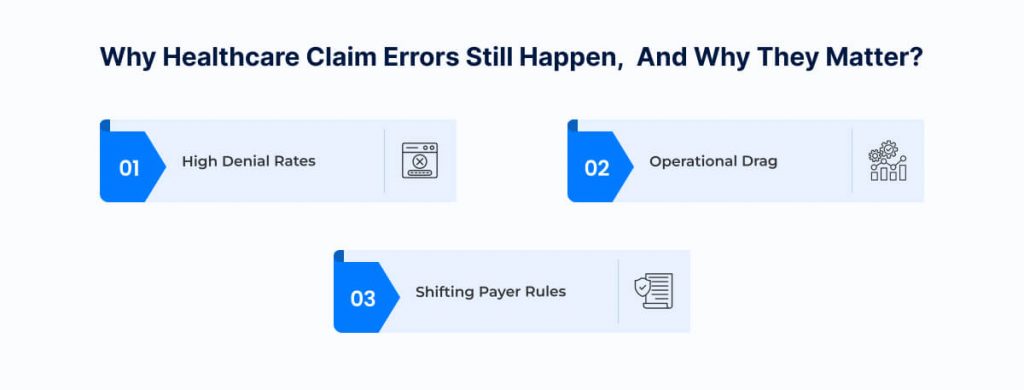As far as sticker price goes, the recommended vaccines for kids in the United States do not come cheap. The hepatitis-B shot, given within the first hours of life, can be purchased for about $30. The rotavirus vaccine costs $102 to $147 a dose. A full course of the vaccine that protects against pneumonia and meningitis runs about $1,000.
Virtually all children receive these shots for free. The federal government legally requires most insurance to cover the roughly 30 different shots for kids, without a co-pay. Kids who are on Medicaid or who don’t have insurance coverage can get free shots as well, thanks to a CDC program known as Vaccines for Children. Among public-health experts, VFC, as it’s commonly known, is widely seen as an unmitigated success. After the program was created in 1994, “disease went down, and life was a lot simpler for the families,” Anne Schuchat, a former top CDC official, told me. Roughly half of American children are eligible to receive vaccines through VFC.
That ease and simplicity may be about to change. This week, the CDC’s Advisory Committee on Immunization Practices (ACIP)—which guides America’s vaccine policy—convened for just the second time since Robert F. Kennedy Jr. fired the entire panel and appointed new members, some of whom lack vaccine expertise or have expressed anti-vaccine views (or both). The meeting was chaotic, contentious, and plagued by indecision. But the votes it got through are starting to point toward a shifting, more fractured landscape for kids’ access to vaccines.
Yesterday, the ACIP voted to remove the joint measles-mumps-rubella-varicella (MMRV) vaccine from the childhood-immunization schedule for children under 4, and instead recommended that kids get two separate shots: one for measles, mumps, and rubella, and another for varicella. This morning, the panel also voted to remove the combination shot from the VFC program. Both votes were motivated by a concern about the safety of the vaccine, including an elevated risk of febrile seizures. (As the CDC’s website points out, these seizures can be stressful for families, though most children fully recover.)
The effect of the move away from the combination vaccine will be limited, because most children in America already receive the separate shots. However, one group would bear the brunt of the changes more than others: children on VFC. Some parents opt for the convenience of a single shot, and those who are covered by private insurance may still be able to get it. Although private insurers will no longer be required to cover the joint MMRV vaccine free of charge, they are already pledging to continue with business as usual: On Tuesday, AHIP, a lobbying group that represents the health-insurance industry, announced that its members will continue to cover shots under the pre-ACIP vaccine schedule until the end of 2026. (A spokesperson for AHIP declined to comment on what happens after that.) Parents could, hypothetically, also pay for these vaccines out of pocket. The disproportionately poor children covered by VFC do not have the same kind of wiggle room. What shots they can get for free from the program, and when, are directly tied to the ACIP’s recommendations. (A Department of Health and Human Services spokesperson told me that the move will not increase vaccine inequality but did not explain further.)
Mainly, the changes that the ACIP is currently considering would create inconveniences for poor families—more trips to the doctor, more needle pricks. But as my colleagues Tom Bartlett and Katherine J. Wu wrote yesterday, the change to the MMRV policy, while minor, can send the message that vaccines are dispensable. The committee also discussed delaying when kids should get the hepatitis-B shot but ultimately decided to table an anticipated vote on whether they would recommend the delay. (Kennedy has intimated that the hepatitis-B vaccine may cause autism, despite the lack of data showing a link between the two.) If the hepatitis-B vaccine or another shot is removed entirely from the schedule, that will immediately hit kids served by VFC.
Beyond potentially serious disparities, more alterations to childhood vaccines would likely cause more confusion. Kennedy’s recent changes to COVID-vaccine policy, which narrowed the approval for COVID shots so that they are recommended only for people over 65 or who have certain underlying conditions, left many Americans unsure about if and how they could get one. (Today, the ACIP also voted that every person should consult with a clinician before receiving a COVID shot.) Americans who rely on VFC may soon have to similarly figure out what shots they can get, and where. The confusion over COVID shots “is a small glimpse of what may happen” if the ACIP moves forward with changes to the childhood-vaccine schedule, Schuchat told me.
In the event that a vaccine is removed from the schedule, the experts I spoke with remain hopeful that some entity, such as a state health department, a community health center, or philanthropy, would step in to provide uninsured kids with free shots. But who or what, besides the federal government, could provide vaccines at the necessary scale is an open question. “It’s going to require some sort of extraordinary effort to provide that access,” Richard Hughes IV, a professorial lecturer in law at the George Washington University Law School, told me. VFC works so well not only because it provides vaccines free of charge but also because it is designed to ensure that doctors always have a supply of vaccines on hand—the CDC purchases vaccines and then provides them for free to doctors, who then dole them out to children in need.
Medicaid could still provide some backstop for the poorest children, experts told me, but a likely scenario seems to be a system in which private insurers continue to cover vaccines, while poor children are left behind. Such a scenario is “the definition of a health-care disparity,” Christoph Diasio, a pediatrician in North Carolina, told me.
America has seen this type of vaccine inequity before. Beginning in 1989, measles tore through several cities—including Los Angeles, Houston, and Chicago—precisely because many low-income children were unable to access the vaccine. “A big part of the problem was, kids were in the doctor’s office, but because they weren’t insured, the doctors were referring the family to the health department,” Schuchat told me. “That extra visit was something that was not easy for parents to find the time to get to.” Researchers estimated that nonwhite preschoolers were seven to 10 times more likely to contract the virus than white children. It was this outbreak that led to the formation of the VFC program in the first place.
In his time as secretary of Health and Human Services, Kennedy has claimed that reforms to Medicaid would improve the program, despite projections from the Congressional Budget Office that the change would kick millions off of the safety-net program. He has decimated minority-health offices in his department in the name of government efficiency. And he has said that vaccine changes will be made in line with the latest science, despite overwhelming evidence to the contrary. Now, in the name of following the science, Kennedy is on the cusp of creating a two-tiered vaccine system.





